Disclosure: This article contains affiliate links. We may earn a commission from purchases at no extra cost to you, which helps our travel content.
After years of managing logistics across Asia's busiest hubs, I found myself craving something beyond the glass-and-steel efficiency of modern cities. Bhutan had been on my radar for years—this small Himalayan kingdom with its commitment to Gross National Happiness instead of GDP. When a business conference in Delhi provided the perfect opportunity for a week-long extension, I finally made the journey to Paro. What followed was not just a trip but a recalibration of priorities, a lesson in mindfulness, and perhaps the most meaningful solo journey I've undertaken in my four decades of global travel. The ancient monasteries perched impossibly on cliffs, prayer flags dancing in mountain winds, and the genuine warmth of the Bhutanese people created an experience that continues to resonate months after my return to Barcelona's urban rhythm.
Navigating Bhutan's Entry Requirements
Let me be clear: visiting Bhutan requires advance planning unlike any other destination in Asia. Since the country reopened to tourism in September 2022, the previous minimum daily package requirement has been replaced with a Sustainable Development Fee (SDF) of $200 per day for most international visitors. This substantial fee goes toward free healthcare, education, and infrastructure for Bhutanese citizens—a practical application of the country's Gross National Happiness philosophy.
As a business traveler accustomed to last-minute bookings, I found Bhutan's deliberate entry process refreshingly intentional. You'll need to book through a licensed Bhutanese tour operator who will handle your visa application, accommodations, and itinerary. I worked with Druk Heritage Tours after receiving a colleague's recommendation, and their attention to detail was impressive.
Once your tour operator submits your visa application and you pay the SDF, you'll receive visa clearance documents to present upon arrival. The process took about three weeks in my case, so factor this into your planning timeline. Your passport must be valid for at least six months beyond your departure date—a detail I nearly overlooked while rushing between meetings in Barcelona.
The journey to Paro typically involves flying from either Bangkok, Delhi, Singapore, or Kathmandu on Drukair or Bhutan Airlines. I recommend bringing a high-quality travel camera for the approach to Paro—the Himalayan views are spectacular, and the landing is considered one of the most dramatic in commercial aviation.

💡 Pro Tips
- Book your trip at least 1-2 months in advance to allow time for visa processing
- Bring US dollars in cash as backup, though major hotels accept credit cards
- Print multiple copies of your visa clearance documents
The Tiger's Nest Pilgrimage: Preparation and Experience
The hike to Taktsang Monastery (Tiger's Nest) sits at the top of every Bhutan itinerary for good reason. This sacred site, perched 900 meters above the valley floor on a sheer cliff face, embodies the spiritual heart of Bhutan. Legend holds that Guru Rinpoche flew here on the back of a tigress in the 8th century to meditate, bringing Buddhism to Bhutan.
Despite managing a warehouse that requires 15,000+ steps daily, I approached this hike with respect. The trail begins at 2,500 meters and climbs to 3,120 meters—altitude that demands acclimatization. I scheduled this trek for my third day in Bhutan, allowing my body to adjust to the elevation.
The morning of my hike dawned crisp and clear. My guide Tshering suggested an early 7:30 AM start to avoid both crowds and afternoon clouds that often obscure the monastery. The initial path winds through blue pine forests before opening to reveal increasingly dramatic views of Tiger's Nest in the distance. About halfway up, a pleasant cafeteria offers tea and refreshments with a perfect viewing platform for photographs.
The trail's final approach includes 700 stone steps down into a gorge (and back up again), crossing a waterfall before reaching the monastery entrance. Here, you'll need to leave cameras and phones in a security office—the monastery interior is a sacred space, not a photo opportunity.
Inside, Tshering guided me through multiple temples within the complex, each housing significant religious artifacts and butter lamps illuminating ancient paintings. The most profound moment came in the meditation cave where Guru Rinpoche himself is said to have spent months in contemplation. The sense of continuous spiritual practice spanning 13 centuries was palpable.
For this challenging hike, proper footwear is essential. My hiking boots provided crucial ankle support on the steep, sometimes slippery trail. Though trekking poles are available for rent at the trailhead, I preferred using my own collapsible trekking poles which significantly reduced strain on my knees during the descent.

💡 Pro Tips
- Start the hike early (7-8 AM) to avoid crowds and afternoon cloud cover
- Consider hiring a walking stick or bringing trekking poles for the steep sections
- Pack layers—morning temperatures can be cool but the climb will warm you quickly
Paro Dzong and National Museum: Understanding Bhutanese Heritage
While Tiger's Nest captures international imagination, Paro Dzong (Rinpung Dzong) offers equally profound cultural insights with considerably less physical exertion. This massive fortress-monastery complex dates to the 17th century and continues to serve as both administrative center and monastic school.
Approaching via a traditional covered wooden bridge spanning the Paro Chhu river, I was struck by the dzong's imposing white walls rising five stories high. Unlike sterile museums where history feels distant, Paro Dzong pulses with daily life. Monks in crimson robes hurry through courtyards, government officials conduct business, and prayer wheels spin continuously.
My guide explained the dual system of governance that characterized Bhutan until its transition to constitutional monarchy in 2008—civil administration and religious authority sharing power within these fortress walls. The interior courtyards house spectacular murals depicting Buddhist teachings and Bhutanese history, while massive temple halls accommodate hundreds during religious festivals.
Just above the dzong sits Ta Dzong, a former watchtower cleverly converted into Bhutan's National Museum. Its unusual circular structure houses an impressive collection of thangka paintings, ancient weapons, and natural history exhibits. I was particularly fascinated by the masks used in traditional tsechu festivals—each representing specific deities or historical figures.
Photography enthusiasts should note that while exterior photography is permitted at both sites, interior photography is prohibited. I found my pocket notebook invaluable for recording details and impressions that I couldn't capture digitally. The lighting conditions shift dramatically throughout the day—morning offers the best photography of the dzong's eastern facade, while afternoon light better illuminates the museum and western courtyard.
After exploring both sites, take time for tea at the small café near the museum entrance. The elevated position offers spectacular views across Paro Valley, with the dzong framed against terraced fields and traditional farmhouses.

💡 Pro Tips
- Visit the dzong after 11 AM when the administrative offices open to the public
- Dress respectfully with shoulders and knees covered
- Bring cash for the museum entrance fee as credit cards aren't accepted
Kyichu Lhakhang: Bhutan's Ancient Spiritual Anchor
Of all Paro's spiritual sites, Kyichu Lhakhang left the deepest impression on me. Unlike the grand scale of the dzongs or the dramatic setting of Tiger's Nest, this modest 7th-century temple offers something more subtle—a palpable connection to 1,300 years of continuous worship.
Kyichu Lhakhang is one of Bhutan's oldest temples, built by the Tibetan king Songtsen Gampo to pin down the left foot of a demoness who was preventing the spread of Buddhism. (Similar temples across the Himalayas symbolically pin down other body parts of this mythological figure.) The original temple houses a statue of Jowo Sakyamuni believed to be from the same era as its construction.
I arrived in late afternoon when golden light bathed the whitewashed walls and elderly pilgrims circumambulated the temple spinning prayer wheels. In the courtyard, two ancient orange trees are said to perpetually bear fruit, representing timeless spiritual abundance.
Inside, the temple's main hall glows with butter lamps illuminating intricate paintings and statues. The atmosphere is meditative rather than touristic—many visitors come for genuine worship rather than sightseeing. I found a quiet corner to sit and observe as a monk performed rituals that have remained largely unchanged for centuries.
What struck me most was how this ancient site remains fully integrated into contemporary Bhutanese life. Unlike many historical religious sites that have been transformed into museums, Kyichu Lhakhang maintains its original purpose. Locals arrived throughout my visit, prostrating before sacred images and consulting with resident monks about important life decisions.
Photography is not permitted inside the temple, which ultimately enhanced my experience. Without the distraction of capturing images, I found myself fully present in the moment. To record my impressions, I used my travel journal which has accompanied me across four continents. The practice of writing by hand somehow seems more appropriate when documenting experiences in a place where spiritual traditions are preserved through meticulous handwritten texts.
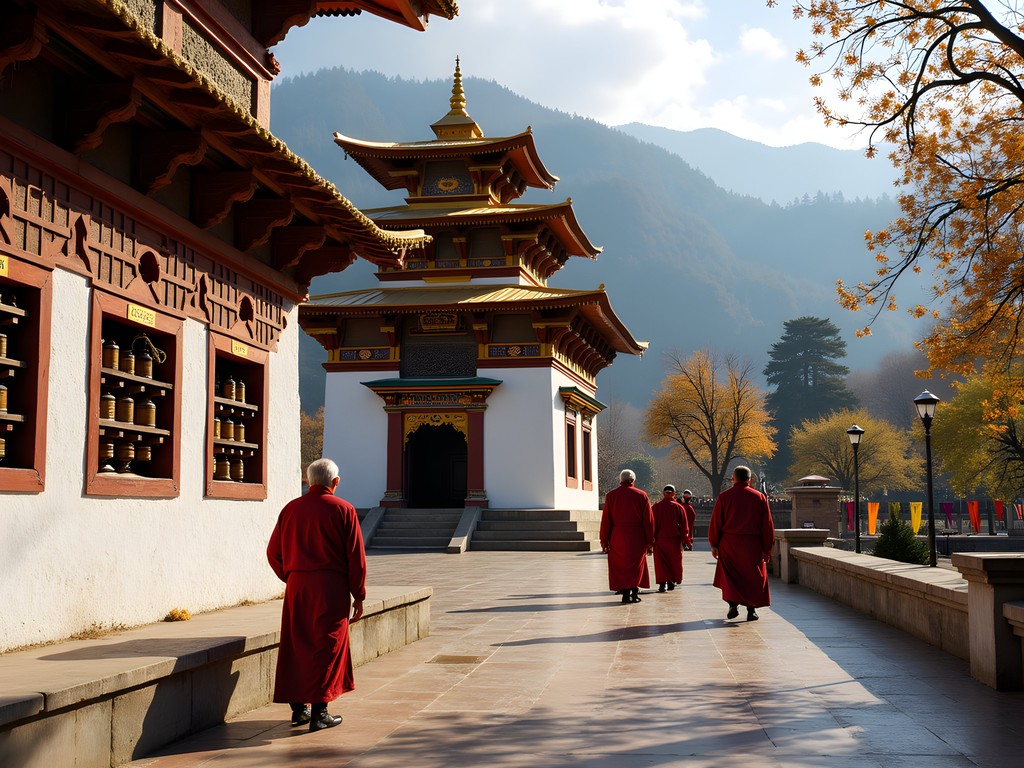
💡 Pro Tips
- Visit late afternoon when light is best and crowds are thinner
- Remove hats and shoes before entering the temple
- Circumambulate the temple clockwise as locals do
Experiencing a Traditional Bhutanese Hot Stone Bath
After the physical demands of hiking to Tiger's Nest, I treated myself to one of Bhutan's distinctive wellness traditions—the dotsho, or hot stone bath. This centuries-old practice involves immersion in water heated by fire-roasted river stones, infused with artemisia leaves (mugwort) known locally as khempa.
My experience took place at a traditional farmhouse in Paro Valley, arranged through my tour guide. We arrived at sunset to find the bath being prepared in a wooden tub separated by a wooden partition—river stones heating in a fire on one side, while the bathing area remained stone-free for safety.
The process begins with heating local river stones in an outdoor fire until they're literally red-hot. These stones are then transferred one by one into the stone compartment of the wooden tub using bamboo tongs. Each stone creates a dramatic hiss and steam cloud as it enters the water, gradually raising the temperature. The khempa leaves release essential oils believed to relieve joint pain and improve circulation.
As someone who frequently deals with shoulder tension from long-haul flights and hours at the computer, I found the combination of heat, mineral-rich water, and aromatic herbs remarkably effective. The farmhouse setting added another dimension to the experience—through the small window, I watched the sun set behind mountains while listening to the gentle sounds of rural Bhutanese life.
After the bath, I was served butter tea and locally distilled ara (rice wine) while wrapped in traditional Bhutanese textiles. The entire experience felt worlds away from the standardized spa treatments of luxury hotels, rooted instead in generations of local knowledge and natural resources.
For those planning a similar experience, I recommend bringing a quick-dry travel towel as facilities at traditional farmhouses are authentic rather than luxurious. Most tour operators can arrange this experience with advance notice, with prices typically ranging from $25-40 USD depending on location and inclusions.
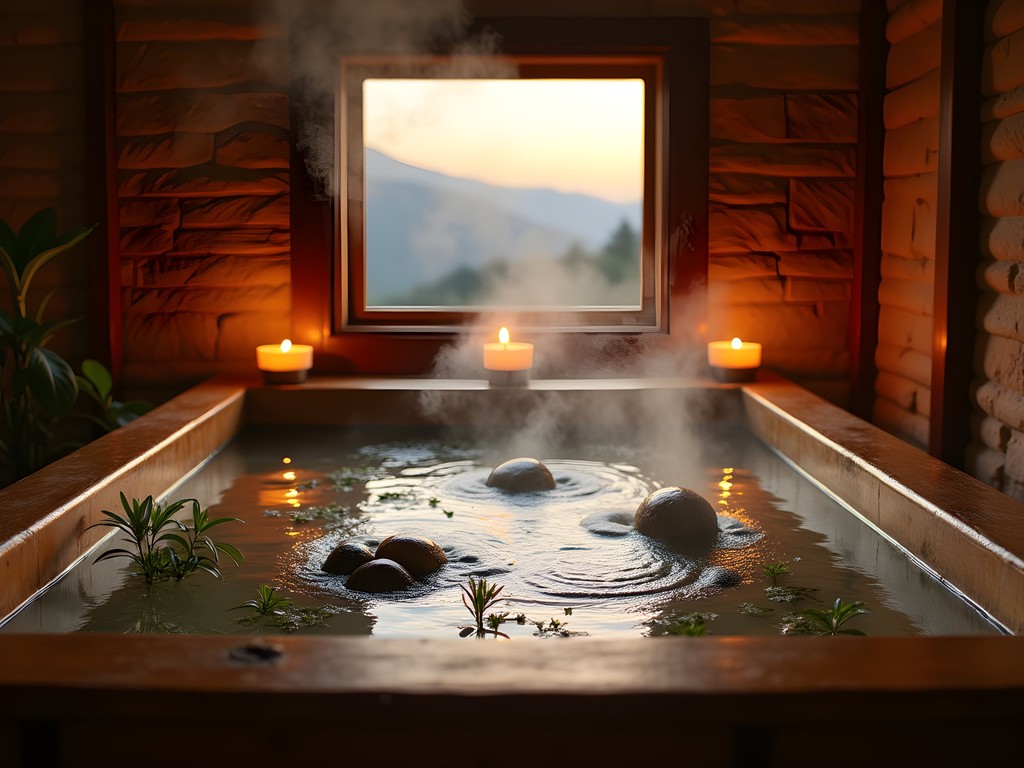
💡 Pro Tips
- Schedule your hot stone bath after physical activities when your muscles will most appreciate it
- Drink plenty of water before and after as the heat is quite intense
- Ask about temperature preferences—locals often enjoy it much hotter than most visitors
Final Thoughts
As my Drukair flight lifted off from Paro's valley, banking sharply to clear the surrounding peaks, I found myself already planning a return journey. Bhutan offers something increasingly rare in our hyperconnected world—a place where tradition isn't maintained as a tourist attraction but lives as the beating heart of daily life. The kingdom's approach to controlled tourism means you'll pay a premium to visit, but the resulting experience is unquestionably worth the investment.
For the solo traveler seeking more than Instagram backdrops, Bhutan delivers profound cultural immersion and spiritual insights regardless of your religious background. The mandatory guide requirement initially concerned my independent nature, but ultimately enhanced my understanding in ways solo exploration never could.
As I returned to Barcelona's logistics challenges and constant connectivity, I carried with me not just photographs but a recalibrated perspective on what constitutes progress, happiness, and meaningful connection. Perhaps that's the true souvenir of Bhutan—not prayer flags or hand-woven textiles, but the quiet reminder that another way of being is possible.
✨ Key Takeaways
- Bhutan's Sustainable Development Fee creates a premium experience with minimal crowds
- The Tiger's Nest hike is challenging but manageable with proper preparation
- Engaging with local spiritual practices offers deeper understanding than mere sightseeing
- The mandatory guide requirement enhances rather than restricts the travel experience
📋 Practical Information
Best Time to Visit
March to May (spring) or September to November (fall)
Budget Estimate
$300-500 per day including SDF, accommodation, guide, transport, and meals
Recommended Duration
5-7 days
Difficulty Level
Moderate
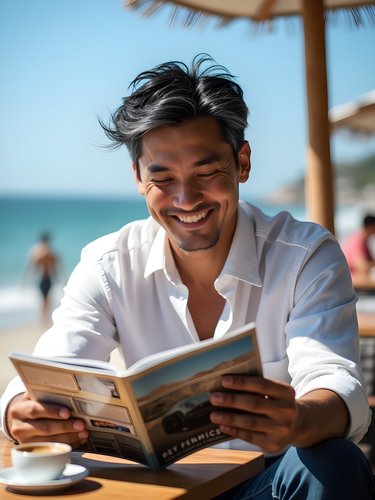
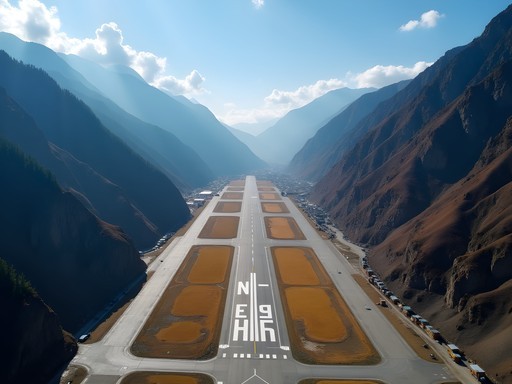



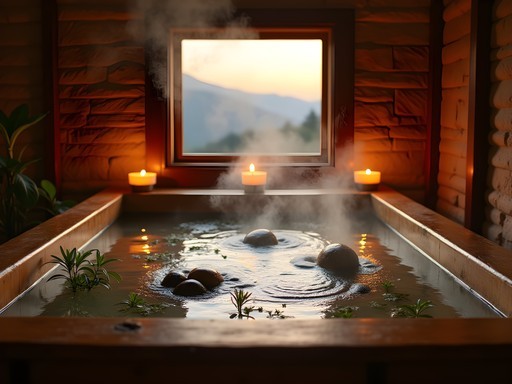


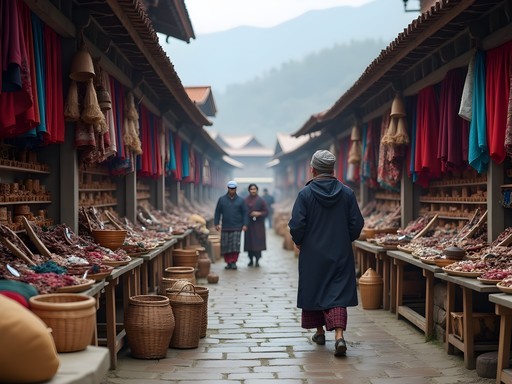







Comments
sunsetpro
Just booked my trip after reading this! Can't wait to experience the Tiger's Nest for myself.
Marco Flores
What an incredible journey, Caleb! Your description of the final approach to Tiger's Nest gave me goosebumps. I visited last spring and found myself completely unprepared for how emotional the experience would be. The monastery seemed to defy physics and logic, and yet there it was, clinging to the cliff. For photographers reading this - the morning light creates dramatic shadows on the monastery, but afternoon light gives that golden glow on the white buildings that's pure magic. I'd recommend bringing a polarizing filter to cut through haze and make those blue skies pop against the white structures. The hike is challenging but accessible to most reasonably fit people if you take it slow. My guide told me stories of elderly Bhutanese making the pilgrimage well into their 80s! The spiritual energy of the place is undeniable, regardless of your personal beliefs.
wanderguy
Great photo tips! Did you need special permission to take pictures inside?
Marco Flores
@wanderguy No photos allowed inside the monastery buildings at all - which I actually appreciated. It forces you to be present and absorb the experience rather than viewing it through a screen!
journeyvibes
Going to Bhutan in November! Any tips on what to pack for the Tiger's Nest hike?
Caleb Gonzalez
November is perfect timing! Bring layers (it can be chilly in the morning but warm up), good hiking shoes with ankle support, a hat for sun protection, and definitely a hiking pole for the steep sections. The monastery requires modest dress (shoulders/knees covered) and you'll need to remove shoes inside, so wear socks without holes!
luckystar
That monastery is literally hanging off a cliff! Insane architecture.
starperson
OMG this looks AMAZING!!! 😍😍😍 I've been dreaming about Bhutan forever! How hard was it to get the permits? I heard they're super strict about tourism. Was the daily fee worth it?? So many questions!!!
Caleb Gonzalez
The permit process was straightforward but needs planning! You have to book through a licensed Bhutanese tour operator who handles everything. The daily fee ($200-$250) includes accommodation, food, transport and guide. Absolutely worth it for the pristine environment and authentic cultural experience.
starperson
Thanks so much for the info! Definitely saving up for this one! 🙏✨
Mason Sullivan
Caleb, your post brought back so many memories from my trek to Tiger's Nest last year! That final bridge crossing with the waterfall view is something that still appears in my dreams. One thing I'd add for readers - the altitude is no joke. I spent three days in Paro before attempting the hike, and I'm glad I did. The way you described the spiritual energy at Kyichu Lhakhang was spot on - there's something about those butter lamps and ancient prayer wheels that connects you to centuries of devotion. Did you get a chance to visit any of the hot stone baths in the area? That was my post-hike recovery ritual!
Caleb Gonzalez
Thanks Mason! I did try a hot stone bath in a farmhouse near Paro - absolute bliss after that climb. You're right about the altitude adjustment - crucial advice for anyone planning the trip.
journeyvibes
What's a hot stone bath? Sounds interesting!
Mason Sullivan
@journeyvibes It's this amazing Bhutanese tradition where they heat river stones in a fire, then place them in wooden tubs filled with water and medicinal herbs. The stones crack and sizzle as they release minerals. Perfect after a long hike!
wanderguy
Those Tiger's Nest photos are incredible! Bhutan just moved to the top of my bucket list.
happyperson
Going there next month! How's the food situation? Anything I absolutely must try?
George Hayes
Try ema datshi (chili cheese) if you can handle spice! It's their national dish. Red rice is also delicious. Most tourist restaurants tone down the spice levels for foreigners, but you can ask for authentic if you're brave!
Megan Martin
Thank you for this detailed account, Caleb. I recently combined a business trip to Delhi with a side trip to Bhutan and was equally moved by the experience. For business travelers with limited time, I'd recommend at least 4 days in Bhutan - you need that minimum to acclimate and experience Tiger's Nest properly. I found my hiking boots essential for the monastery trek, especially during the post-monsoon season when paths can be slippery. The Paro Dzong architecture is spectacular for photography - try to visit late afternoon when the light creates dramatic shadows across the courtyards. Did anyone else notice how the silence at Kyichu Lhakhang seems to reset your internal clock? I've never experienced such profound stillness.
redperson
Just got back from Bhutan last month and your post captures the spiritual energy of these places perfectly. One tip for anyone going - the Sustainable Development Fee is absolutely worth it. The country is pristine and you can feel how the tourism model protects their culture and environment. Tiger's Nest exceeded all my expectations, even after seeing hundreds of photos beforehand. Nothing prepares you for actually being there!
happyperson
Did you need to book a guide in advance? Or can you arrange everything when you get there?
redperson
You definitely need to book through a licensed Bhutanese tour operator in advance. They handle the visa, permits, guide, etc. It's not a DIY destination.
Venture X
Premium card with 2X miles, $300 travel credit, Priority Pass